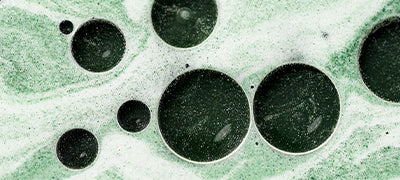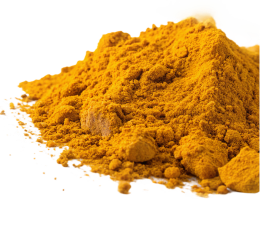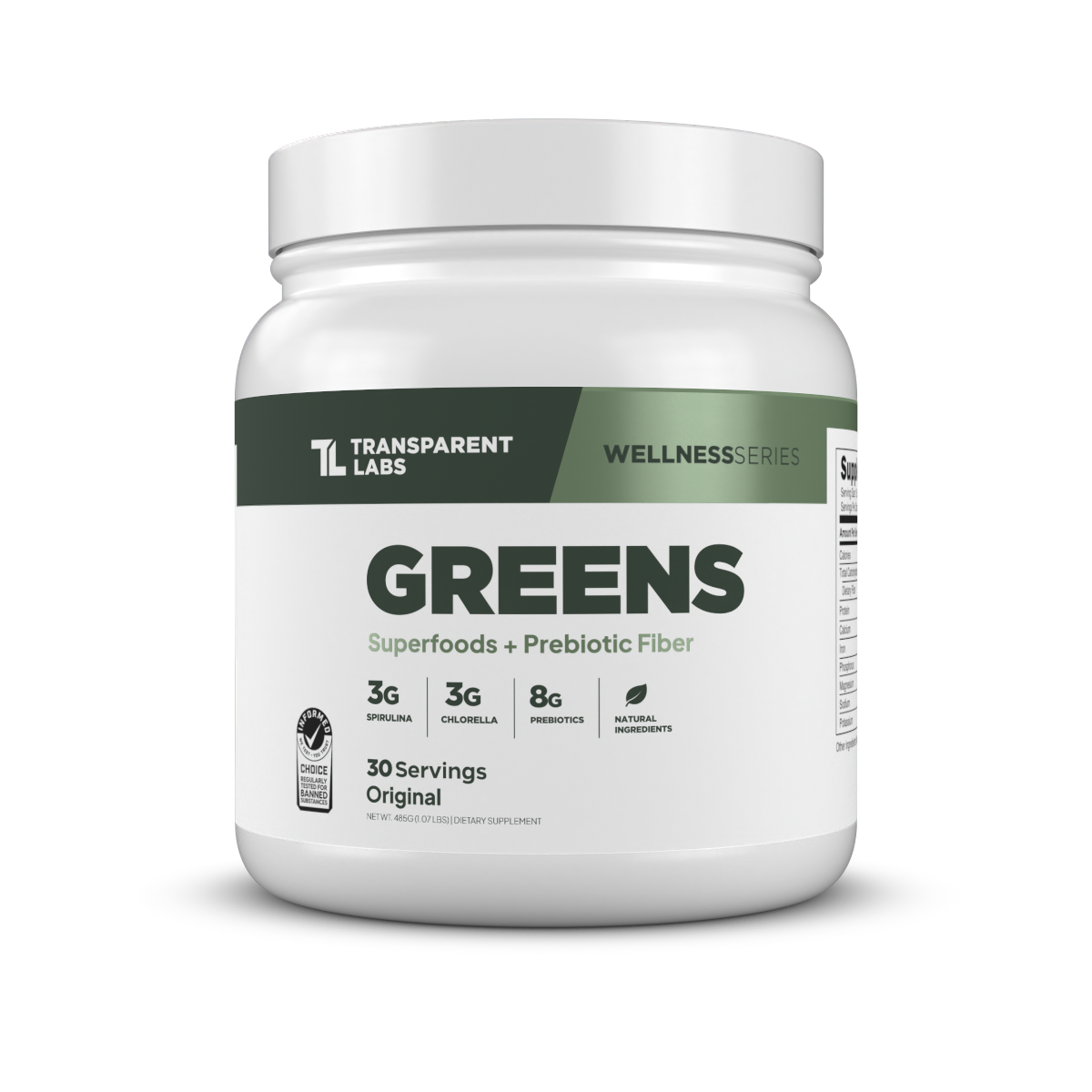
Turmeric Curcumin C3 Complex
Serving Size:
Third-Party Testing
We believe trust is earned through transparency. That’s why we provide full access to our third-party test results, so you can feel confident in what you’re taking. View all third-party tests.

Transparent Labs Curcumin C3® Complex is a clinically validated turmeric extract standardized to contain 95% bioactive curcuminoids.
Enhanced with BioPerine® for optimal absorption, this formula delivers up to 200 times greater bioavailability than traditional turmeric extracts.
Ideal for supporting healthy inflammation response, joint integrity, immune function, detoxification, and overall vitality, Transparent Labs Curcumin provides superior, evidence-based nutritional support for everyday wellness.


Orders in the US over $99 ship free.
Once your order has shipped out from our fulfillment center, you will receive a Shipping Confirmation email. If you selected a tracked shipping method, you will receive your tracking information, along with the necessary steps to track your order, within this email. Please note, orders are generally fulfilled same day or next business day.
Click here for the full shipping and delivery guide »
45 Day Satisfaction Guarantee
If you are not satisfied with your product, we will offer you a full refund or store credit for the value of the item within 45 days of delivery.
Click here for the full refund policy »
why use Turmeric Curcumin C3 Complex?
Transparent Labs Curcumin C3® Complex is enhanced with BioPerine® to deliver clinically validated inflammation control, joint support, and improved overall wellness.
Superior Inflammatory Support
Clinically validated turmeric extract for controlling inflammation and encouraging overall health.

Enhance Joint Health & Mobility
Reduce joint discomfort and support long-term joint function, flexibility, and integrity.

Optimize Immune & Detoxification Functions
Supports natural immune responses and detoxification processes to promote health and resilience.

Clinically Validated & Enhanced Absorption
Formulated with BioPerine® to enhance curcuminoid bioavailability and efficacy compared to standard turmeric extracts.

Key Ingredients
Curcumin C3® Complex
500 mg
Curcumin C3® Complex is a patented herbal extract obtained from the dried rhizomes of Curcuma longa (turmeric) and standardized to contain 95% bioactive curcumin, bisdemethoxycurcumin, and demethoxycurcumin—collectively referred to as curcuminoids.

BioPerine® (Black Pepper Fruit Extract)
10 mg
Patented absorption enhancer standardized for piperine, a natural black pepper constituent that improves curcuminoid bioavailability.










